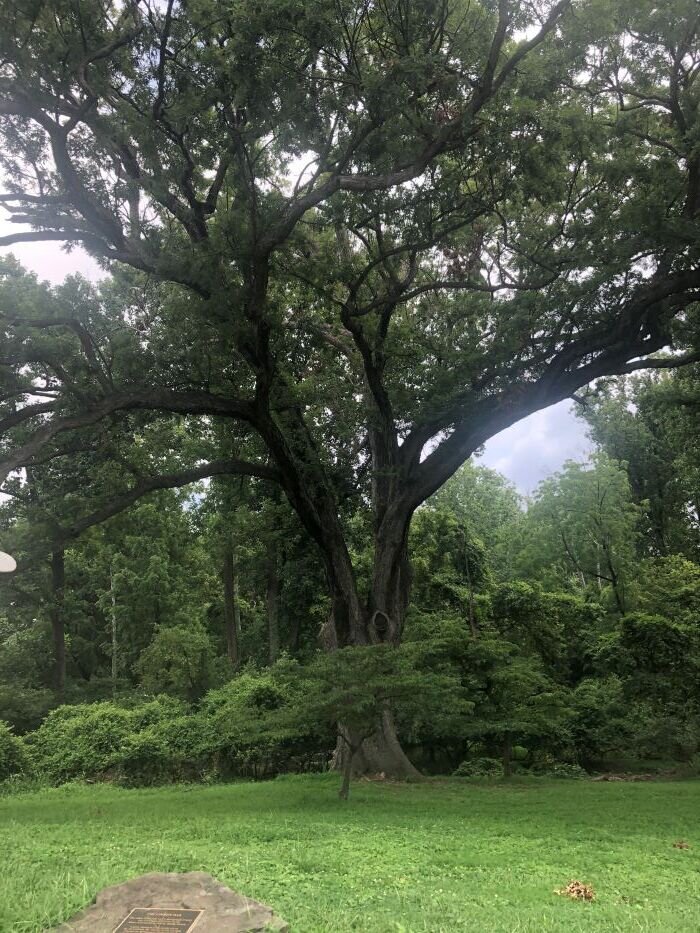
beltway widening
environmental impact of Maryland Highway Expansion
Updates:
July 2022
In late June, the state of Maryland issued its final Environmental Impact Study for the 495/270 expansion project. Rock Creek Conservancy is still pouring over the tens of thousands of pages of documents, but it looks like the vast majority of additional impervious surfaces and proposed disturbance to the creek’s floodplain are being avoided at this time. Keep an eye on this page as we finalize our more formal response - and thanks to all who have spoken up to protect Rock Creek from the potential harms of this project.
November 2021
In January 2021, the Maryland Department of Transportation - State Highway Administration selected Preferred Alternative 9 as it's construction plan. Rock Creek Conservancy and other organizations spoke up in opposition to this decision; under Alternative 9, over 50 acres of impervious surface would be added to the Rock Creek watershed, and acres of forest would be lost.
The state of Maryland was ordered to revisit their approach, and in October of 2021, they modified the Alternative 9 plan with a Supplemental Draft Environmental Impact Statement. This was a big win for Rock Creek, as nearly all of the impervious surface and deforestation in the Rock Creek watershed was removed from the plan. The Conservancy submitted comments, calling for better stormwater protections, green infrastructure alongside any new highway lanes, and no net loss of forest coverage in the Rock Creek watershed.
The project
The state of Maryland has proposed to widen the Beltway (I-495) (including the American Legion Bridge) and I-270 using a public-private partnership (P3) to finance the expansion and manage toll lanes (express lanes of the variety seen on I-495 and I-66 in Virginia). This $11 billion, 48-mile project includes about five miles of Beltway in the Rock Creek watershed, including more than three miles that run adjacent to Rock Creek.
Rock Creek Conservancy testified about this project on August 25, 2020 and, in early October 2020, asked the Rock Creek community to comment on the Draft Environmental Impact Statement for the project.
Rock Creek Conservancy submitted comments to the Maryland State Highway Administration on November 9.
What’s the Big deal?
The segment of Rock Creek that would be disturbed by this project includes significant wetlands, critical floodplain habitat, and 34 homes. The project also requires about three acres – along three miles of Rock Creek – of parkland be changed from a natural and recreational resource to highway. And that’s before considering the significantly increased volume of stormwater the project will introduce to Rock Creek or the noise more traffic would bring, stressing out wildlife (and people).
Rock Creek’s main stem is 33 miles long, running from headwaters in Laytonsville, Maryland to the confluence of the Potomac in Georgetown (Washington, DC). What happens along the Beltway disrupts this green ribbon throughout our region and can have impacts that are felt well downstream.
For more on the full project’s potential impacts, please see National Parks Conservation Association or Sierra Club, Maryland Chapter.
Crafting Creative Solutions
Linden Oak, Montgomery County, Maryland
This Linden Oak, a Maryland bicentennial tree and the largest of its kind in Montgomery County, stands just north of the Beltway between Beach Drive and Rockville Pike. When the Metro’s Red Line was built in the 1970s, then county council member Ida Mae Garrott saw that the planned route of the tracks would require removal of this majestic tree. With the support of the community, she convinced WMATA to build the tracks with an arc so the tree would remain intact.
This innovative approach represents just what we should do with these projects: avoid harm whenever possible, and fully mitigate that damage if it’s unavoidable.
The draft environmental impact statement (DEIS) offers six alternatives (as well as the no-build option) – each of which has nearly identical damages to our environment and community.
Impacts to Rock Creek fall broadly into a few categories: stormwater, habitat damage, floodplain damage, noise, and takings of parkland. These impacts will occur perpetually if the road is built, with greater impact during construction as equipment is staged nearby.
Watch this August 13, 2020 briefing hosted by Rock Creek Conservancy with Maryland-National Capital Park and Planning Commission (MNCPPC) planners to better understand the current state of the Beltway expansion project and what it might mean for our beloved parkland and creek.


